The Hisense U7QAU is a mid-range mini-LED offering a very good price/performance, up to 2500 nits peak brightness, and saturated colours.
We have just finished the Hisense U8QAU – a pro-grade Mini-LED TV (review). Rather than repeat the considerable Hisense-specific detail, we will focus this review on the picture and sound quality. We suggest that you read the U8QAU review first so you have a benchmark. It also contains an overview of both TVs’ specifications and identifies where the differences are.
So, this is not a shootout but rather a question of whether the few hundred-dollar savings over the U8QAU matter to you.
CyberShack spent a day reviewing this and the U8QAU, and we were impressed. Regrettably, we can’t give quite the full deep-dive review as these were not examined in our lab under controlled conditions, and we could not lug heavy and sensitive test equipment to the review. Nevertheless, we think we have captured the essence and given you enough to compare.
Australian Review: Hisense U7QAU mini-LED
Note: This model is unique to Australia and cannot be compared to the Hisense Google TV U7QG or U7Q Pro versions sold in the US or elsewhere. Price and specs as at 20/6/25.
| Website | 2024 TV range Product page User Guide |
| Price RRP | 55/65/75/85/100″ $1799/2399/3299/4199/7999 Shop around for EOFY deals |
| From | Harvey Norman, JB Hi-Fi, Good Guys, Bing Lee, Appliance Central, Retravision, Videopro |
| Warranty | 3-years ACL |
| Made in | China |
| Company | Hisense (founded in 1969) is a Chinese-owned, multi-national white goods and electronics manufacturer headquartered in Qingdao, Shandong Province, China. It owns appliance brands, including Gorenje, Hitachi, Sharp, Toshiba, and some local China-only brands. |
| More | CyberShack Hisense news and reviews CyberShack AV news and reviews |
We use Fail (below expectations), Pass (meets expectations) and Exceed (surpasses expectations or is the class leader) against many of the items below. We occasionally give a Pass(able) rating that is not as good as it should be and a Pass ‘+’ rating to show it is good but does not quite make it to Exceed. You can click on most images for an enlargement.
Specs and errata
We assume it is a direct upgrade of the mid-range 2024 U7NAU. There are incorrect specifications on the web, as reviewers and even retailers mistake the U7QAU for the U7QG or Pro. Here are a few of the inconsistencies
- The 55/65/75/85” models do not appear to support 166Hz gaming. The 100” does.
- Our test equipment shows the panel is native 120/144Hz (50/60Hz power). Early reviews can’t get more than 4K@120Hz.
- The 85 and 100″ get 2.1.2, 70W Dolby Atmos (DA) sound. Other models get 2.1.2, 40W. These will decode DA, but there is virtually no spatial sound from the speakers.
- DEVIALET tuning is only for the U7QAU 100” and U8QAU models (Source)
- Only the 100” is a Mini-LED Pro panel. The 55/65/75/85” have about 10% of the Pro panels’ dimming zones and about 50% brightness.
Mistakes do happen. But buyers read reviews and marketing, and are probably never the wiser.

First impression – good all-around TV
We reviewed the 85”, but we will base any specs on the 65” for a fairer comparison to the U8NAU. Note that different sizes either use a VA panel or an IPS-ADS panel. In theory, the viewing experience should be similar, but the latter has better off-angle viewing and lower brightness and contrast levels.
The Hisense U7QAU is well-finished and well-made and should last the distance expected of brand-name TVs. That, however, is entirely dependent on VIDAA 9 TV Operating system updates and security patches. We have asked Hisense for the policy, but it was not available at the time of review.
The power socket is on the right, and the AV sockets are on the left. There is no cable management system to allow for a flush wall mount. In any case, you need to leave room for the rear-firing woofer to bounce off the wall.
The 85” and 100” have fixed height and rather thick legs that won’t allow a soundbar to sit under. These are more for wall mounting. The 55-75” have a centre pedestal that should accommodate a soundbar.
The 65″ is 1446 × 896 × 326mm x 20.7kg with stand. The 85 and 100″ exceed safe plasterboard mounting weights and require some wall reinforcement.

Remote – Pass
We were supplied with the solar remote. Hisense has sensibly left the numeric buttons for FTA navigation. It is not backlit.
Hisense U7QAU ports
- HDMI x 4 ports. 2.1, 48 Gbps, all VRR/ALLM, one eARC
- USB-A 2.0 5V/.5A/2.5W
- USB-A 3.0 5V/1A/5W
- Ethernet LAN 100Mbps
- Headphone 3.5mm
- Composite video in
- TV aerial
- Wi-Fi 5 AC 2.4/5GHz
- BT 5.0
- Optical out
There is no Chromecast support (use a Google TV dongle).


Power use – Pass
As the tests were on 85”, power consumption is higher
- Digital and FTA approx. 200Wh
- Dolby Vision approx. 250Wh
- Standby screen off: <.5W
- At 40 cents per Wh, 12 cents per hour is negligible.
So, how does it look?
Joe and Jane Average will see a big, bright, reasonably colour-accurate screen that they can enjoy in SDR (FTA TV and digital TV streaming), HDR (digital streaming), and movies (Dolby Vision).
Videophiles will be less forgiving because this has about 10% of U8QAU dimming zones and a lower-powered processor. To a perfectionist, there is quite a gap between the U8QAU.
You may not be able to see the differences between the settings below, as you will likely view this on an 8-bit phone screen or desktop monitor. Look for details in the hair, green eye shadow, red lips and jewels. Also, look at the black background for subtle tone differences.
It has the following zone count (50”/128, 55/160, 65/220, 75/240, 85/352, 100/608 zones.






Tests
We tested with SDR, HDR, HDR10, HDR10+ Adaptive, IMAX Enhanced, and Dolby Vision IQ content. All HDR content is automatically identified.
Subjectively, and assuming a bright Aussie lounge room
- SDR (FTA and digital TV) on Standard or Energy efficiency modes meets expectations for daylight viewing.
- HDR/HDR10 (digital streaming) in Cinema or Filmmaker modes meets expectations.
- HDR10+ Adaptive uses the ambient light sensor and, in Filmmaker mode, meets average expectations. It is way too tempting to ramp up the brightness at the expense of colour accuracy (our eyes crave saturated colours). We had problems finding much commercial HDR10+ content
- Dolby Vision IQ uses the ambient light sensor and meets expectations. Like HDR10+, it is tempting to select more colourful presets.
- Imax Enhanced is a remastering of HDR10+ and Dolby Vision content, but uses DTS:X sound and appears only to be supported by Disney+. It has not been tested, but we suspect this TV’s brightness and dimming zones suit Dolby Vision and Atmos more.
It is only when you see this side-by-side with the U8QAU that you notice the blacks are not as deep, the colours are less saturated, and screen reflectivity is higher. That said, it meets all expectations.
Colour – Pass+
It uses an 8-bit + 2 FRC (frame rate control) to produce 1.07 billion colours – all mini-LEDs use FRC. READ 8-bit versus 10-bit screen colours. What is the big deal?
DCI-P3 tests are 90% of the gamut (95% in U8QAU), and Delta E is well over 2 (could get this to 1 with professional calibration). The main areas to tweak are colour temperature and brightness. We tested on standard mode unless noted.



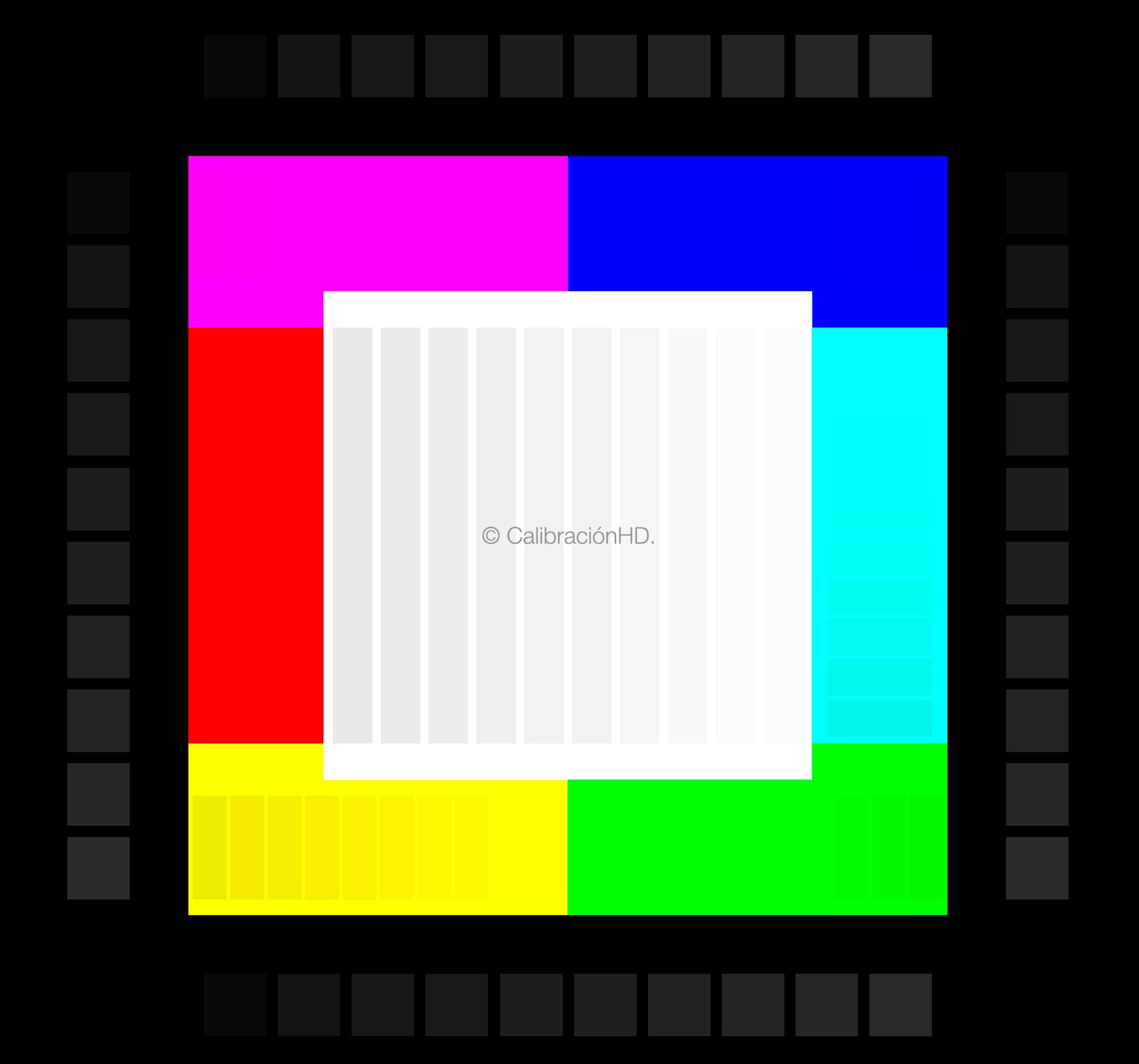
SDR/HDR brightness(nits) Pass (third-party data may not be correct)
- Sustained 100% Window: 400/428
- Sustained 10%: 1990/2075
- Peak 100%: 367/425
- Peak 10%: 1300/1450
Hisense claims peak nits at 2400, so we are in the ballpark. It is bright enough for SDR and HDR viewing in a bright Aussie lounge room. It does not overbrighten as the U8NAU does (which is more about tweaking brightness settings).

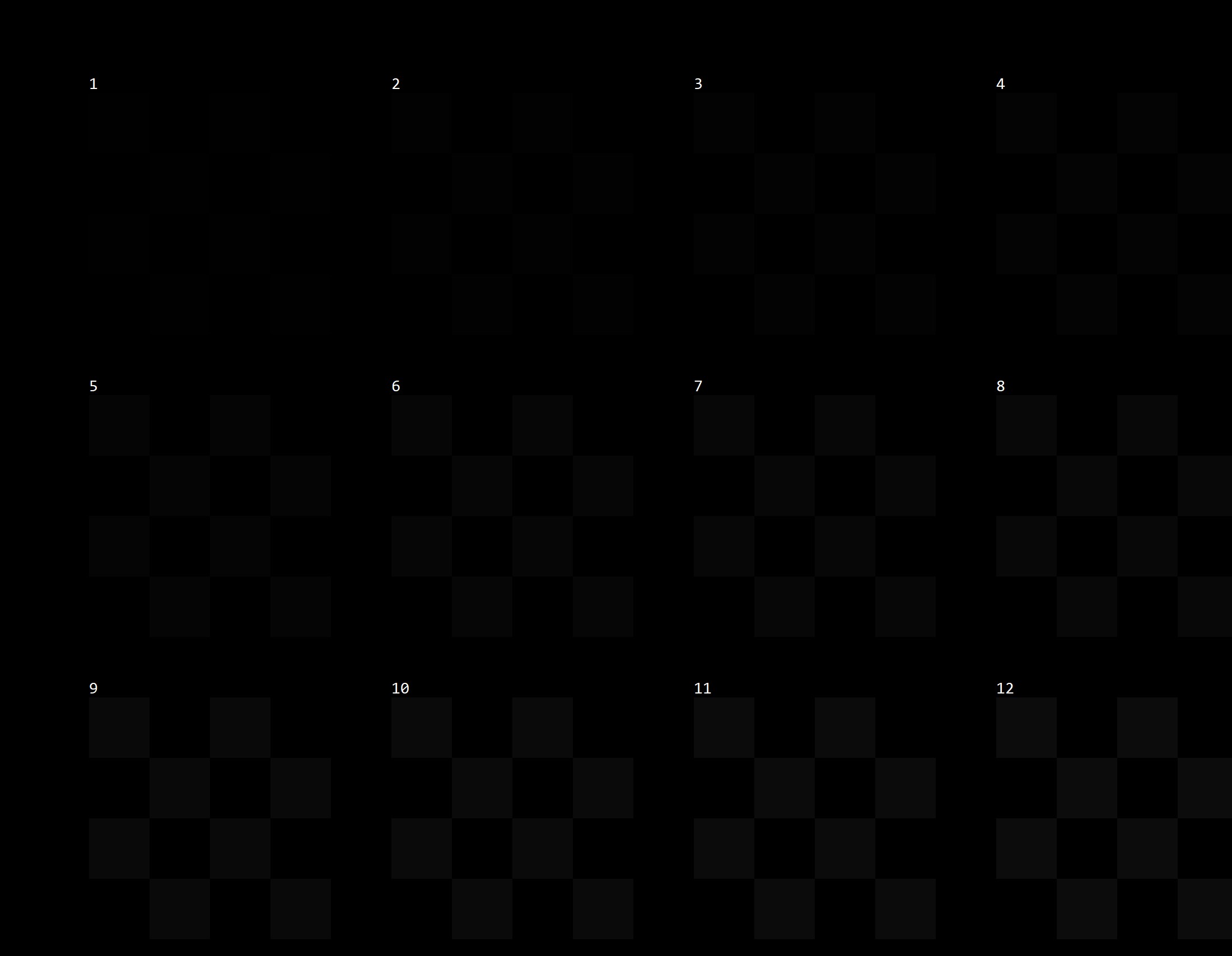
Contrast – Pass
Contrast is the difference between the panel’s blackest black and the whitest white. This claims 5000:1 (test 4120:1), which is static contrast—a popular marketing term. It means that its blacks are more deep grey. It also has some banding in greyscale tests.


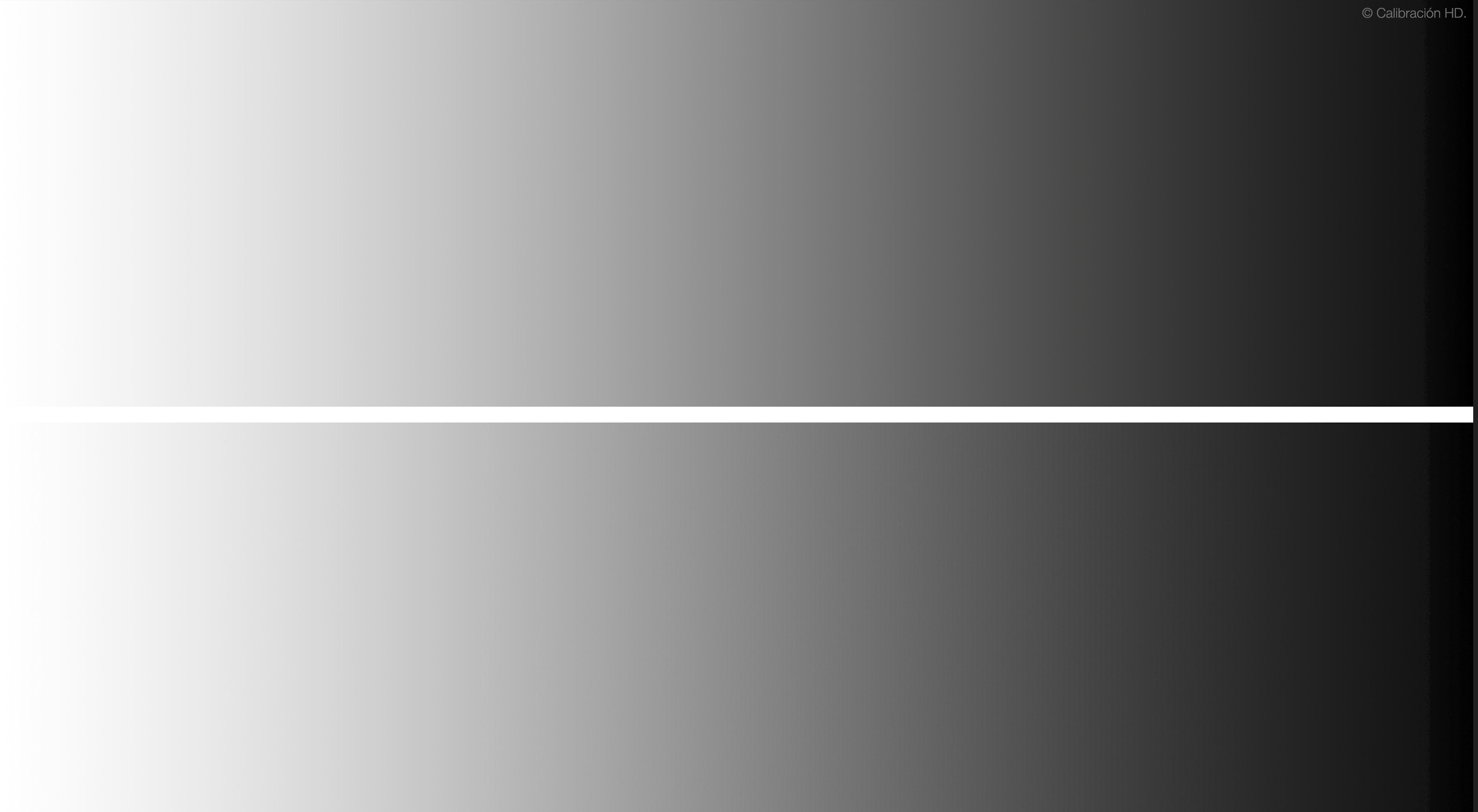
Blooming – Pass
Some fast-moving objects have perceptible blooming and leading-edge dimming. No LCD can entirely cure this, but the U8NQAU has better control.


Motion smoothing – Pass
As far as we can tell, it is a mix of BFI (Black Frame Insertion) for video up to 60Hz and AI predictive insertion (the difference between the actual frame and the subsequent frames and recognised shapes); ergo, there is some motion tearing and a little lack of sharpness at 60Hz or more. There are some minor artefacts around fast-moving objects.

Upscale – Pass
It uses a Pentonic 700 MT9818 1.4MHz processor that does not quite have the power for great upscale for 480 and 720p video.
We test with 480/720/1080p content. In the most basic sense, it upscales to 4K (in 1080p’s case) by surrounding each real pixel with four more.
Hisense also has some AI (from machine learning) to recognise specific objects and colours, and use a mix of pixel wrapping and sharpening the image. It works well on 1080p. There is some loss of detail, but it is minor.
The 85” big screen wows, but the upscale performance, especially where those 8 million pixels need to spread over a larger screen, really shows softness on less than 1080p content.





dynamic range, colours and tonal gradients.
Off-axis viewing – Passable
All VA panels suffer from colour washout and colour shifts past about 120° (90° means sitting straight on). It is fine when sitting in front of the screen, but quite noticeable if sitting side on.

Reflection – Pass+
It does not reduce glare and reflection as much as the U8QAU. But like any LED, it needs good back and side ambient light controls.

Colour uniformity and Dirty Screen effect – Pass
RGB colours are uniform, but we noticed some DSE around the edges in 100% white and grey tests
Sharpness and Text Clarity
It has acceptable text clarity to 24-point. Most OLEDs will get to 14-point.
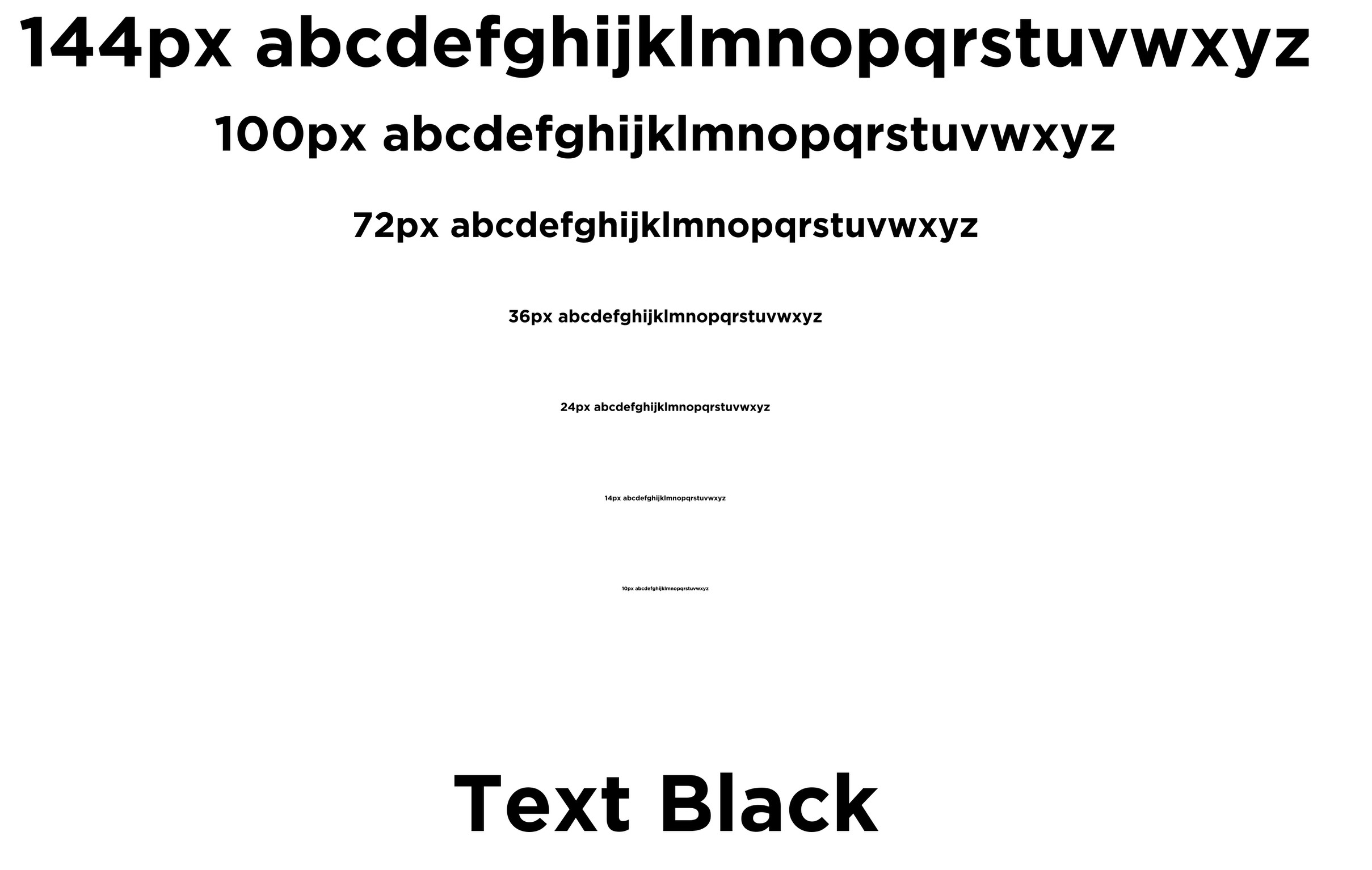

PWM – Exceed
It uses PWM dimming, but it is at 25,000Hz, so it is safe for PWM-sensitive people.
How does it sound?
It has a 2.1.2 50W tuned by DEVIALET with Room Tuning. It decodes all standard formats and DTS. The 100” has 2.1.2, 50W.
- Left/Right front x 10W
- Left/Right side x 5W
- Subwoofer 20W
Its presets include (these are all overridden by Dolby Atmos and spatial metadata or an HDMI-connected soundbar and its presets).
- Standard: Fairly flat neutral frequency
- Enhanced ARC: Automatically adjusts content, privacy implications
- Theatre: Tried to add more surround sound but failed with 2.1 speakers.
- Music: recesses mid to make bass and treble sound more prominent.
- Speech: Recesses bass and treble to make 1-4kHz mid more prominent.
- Late Night: Focus on clear voice only – no bass or treble
- Sport: Attempts to reduce crowd noise and focus on commentary.
I wish I could say that it is excellent, but it is not a replacement for a decent Dolby Atmos soundbar.

| Deep Bass 20-40Hz | Nil, but distortion and white noise are evident |
| Middle Bass 40-100Hz | Linear build from 68 Hz to 100 Hz |
| High Bass 100-200Hz | Reasonably flat to 6K |
| Low Mid 200-400Hz | Flat |
| Mid 400-1000Hz | Flat |
| High-Mid 1-2kHz | Flattish with some frequency clipping to 6kHz |
| Low Treble 2-4kHz | As above |
| Mid Treble 4-6kHz | As above |
| High Treble 6-10kHz | Gradual linear decline to 18 kHz |
| Dog Whistle 10-20kHz | As above |
| Sound Signature type | This is a white noise test and pushes the speakers to their limits. It determines the native sound signature regardless of any EQ or presets. Bass: Enough mid and high bass but lacks low bass for any ‘room shaking’ effects. Mid: Reasonably flat. OK for clear voice Treble: Adequate but can be harsh. High treble is not strong enough to give that feeling of ‘air’ – as if you were there. In short, it is fine for SDR TV, won’t excite you in movies and dull and thin for music. |
| Soundstage PCM stereo | It is as wide and high as the TV. |
| Soundstage DA/Spatial | No. It can decode but cannot create a spatial envelope. |
| Comment | We expected much more from a Devialet-tuned speaker, but we noticed in the fine print that this feature is coming through a software update. The update release time varies by model and region. In any case, if you are watching movies with any surround or spatial sound, buy at least a 7.1.4 soundbar. |
| Read | How to tell if you have good music – sound signature is the key (AV guide) |
CyberShack’s view: The Hisense U7QAU is a good mini-LED with adequate performance for SDR and HDR.
To be fair, it is a little hard to be enthusiastic when you review this straight after the U8QAU. There is a significant difference in image quality, yet the U7QAU is perfectly fine for bright Aussie loungerooms.
It fills the mid-range niche nicely, and there are no real downsides. Only a videophile would notice any foibles.
TV sound is not a strong point for any brand, and Hisense is no exception
Hisense U7QAU ratings
Features: 80. It is fully featured, but the lower brightness and approximately 10% of the control zones mean affects the rating.
Value: 80. Hisense retail prices always seem to tumble during event sales, and at RRP $2399, it is not the class leader. For example, it has been seen for less than $1800. But it competes with the $1995 Sony Bravia 5 (more dimming zones but not as bright) and $1595 (RRP $2295) TCL C7K (1008 dimming zones – 5X – and a new 2600 nit HVA 10-bit panel)
Performance: 80. This is a good score for the category. Reasonable out-of-the-box calibration and presets.
Ease of Use: 80—VIDAA 9 does everything you need in a relatively easy-to-use interface. If you need more streaming Apps, buy a Google TV dongle. While it has a three-year warranty, the single OS upgrade loses points against the competition, generally between four and seven.
Design: 80. A little chunky; wall mounting may impact speaker fidelity.
CyberShack Verdict
Hisense U7QAU Mini-LED TV
55/65/75/85/100" $1799/2399/3299/4199/7999

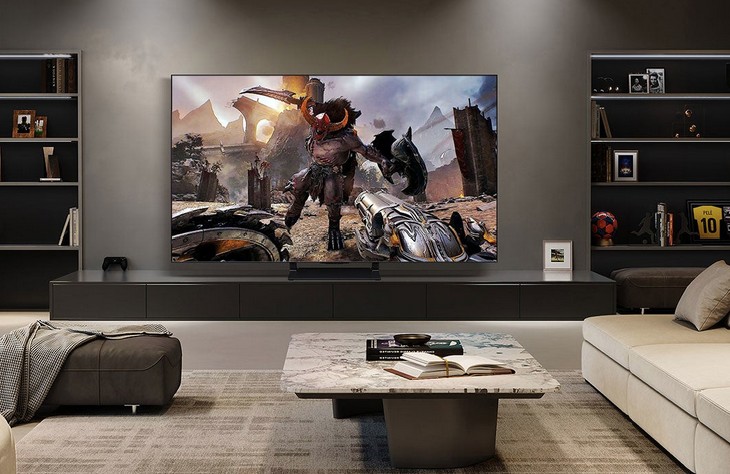
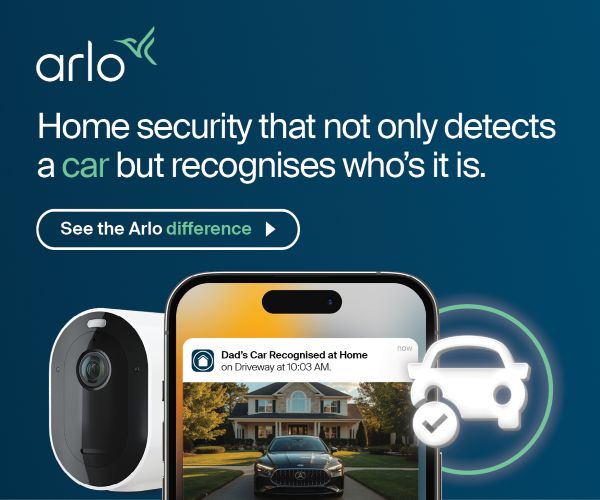

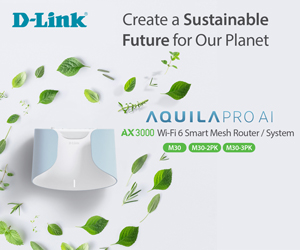
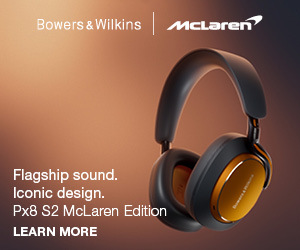
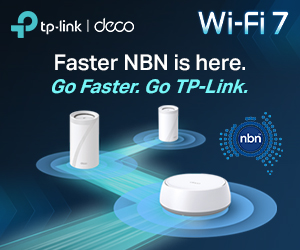

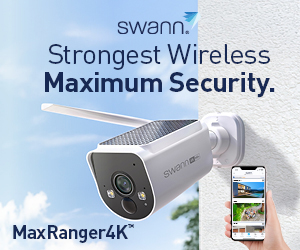


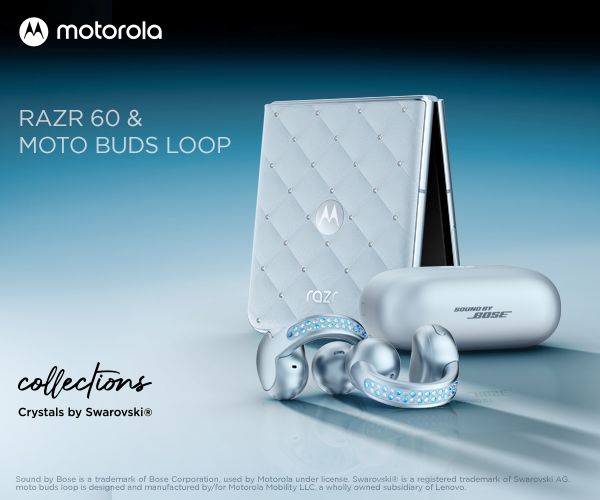
18 comments
michael
I have a question I have a Samsung model Q A75 Q 60 r w which is 30kg hanging from a raked ceiling mount I’m now buying a Hisense U Q U7QAU 85 inch which is 40kgand I want to hang that from the same mount it has a slant of around 15 to 20 degrees in tv manual they say they want to they want you to keep it on a level wall I was wondering what your thoughts are on this can should it be all right to hang from the ceiling at a 15-20 degree slant
The manual says “We do not recommend hanging the TV on a slanted wall, and when wall mounting make sure your television remains parallel to the wall and does not lean forward.”
Ray Shaw
The Australian 75″ U8QAU has an IPS panel that will suit your needs.
Ray Shaw
The issue is with ALL newer VA panel TVs because they use, for want of a better word, a prism screen coating to reduce reflections and focus the light back to the viewer. It has become more critical with VA panels to mount uprights and the centre of the screen at viewing eye height. It was not so much of an issue with your 2021 75″ Q60A, even though it had a VA panel, because it had a matte screen coating. The Hisense 75″ U7QAU is a mini-LED VA panel, and it looks particularly washed out if viewed off-angle. If you must wall mount on an angle, you must buy a 75″ either OLED or with an IPS panel (I cant find any). Note: The majority of mini-LED are VA panels.
Mark
I’m a bit confused, how does the 100 U7QAU stack up then, at first I thought well it’s a step-up with mini-LED PRO panel 165Hz, but there is 100 U8QAU as well which goes brighter and thus larger colour gamut but otherwise very similar yet ~$3k more than 100 U7QAU on today’s prices.
Ray Shaw
The key difference is the native panel speed and zones. The 100″ U8 has 166Hz refresh, 5376 zones, uses an IPS-ADS Pro screen and 80W sound. The U7 has 2304 zones and uses an IPS-ADS screen and 60W sound. They both use the same Pentonic processor. Because of the size/zones, you will see more blooming and motion haloing in the U7.
Mark
Thanks for a quick reply – ordered a 100″ U7QAU only a cursory assessment of black levels in store – not perfect but ‘good enough’. TCL 98″ had deeper blacks @$3k+ more (not sure if it was TCL C8 or X11K we were comparing) but we spent enough considering we were supposed to be ‘just looking’. Ordered a Ugoos AM6B+ Amlogic Android box as it appears the only one to properly support Dollby Vision profile 7 FEL playback from files (running CoreELEC). Updating from Sony a 85″ X95J LED.
Ray Shaw
Sounds good. Let me know how it goes once you have bought it. I think you will see quite a difference between this and the 2021 Sony.
Mark
100U7QA is brilliant after years of HDR TVs (LG OLED C8, 55 G1 both of which we still use and Sony 85X95J being placed by Hisense) the higher nits of Hisense really brings HDR home unlike those previous TVs. Deep black we’re used to – but really U7Q looks just as black but shows small bit of blooming for extreme contrast like white titles on black screen – perfectly acceptable. I honestly couldn’t justify the U8Q, this is fine for us. Using a Ugoos AM6B+ dual boot for Android streaming & CoreELEC for DolbyVision blu-ray files. Apparently some dedicated Blu-ray player don’t get DV7 FEL right. Top Gun Maverick is stunning – really do feel I’m at the movies due to 100″ and aesthetic of the image. Don’t use audio or soundbar as have HEOS AVR with 5.1. Remote feels premium – only drawback is needing a good Android streaming box for flexibility for LAN and online streaming.
Ray Shaw
That is great news and valuable feedback for the CyberShack community.
Mike
I was going to buy one of these but not sure if it’s closer to the U75QG or the U7N on RTINGS, the CAD results seem real bad for gaming if the former.
Ray Shaw
The U7QAU is for Australia only and is not the same as the U7QR or the older U7N.
Mike
Yeah and they don’t even provide much in the way of specs like dimming zones on their website. I don’t think I can buy one without being able to properly judge it against competitors and will settle for the C7K which at least has a lot of data available since it’s just under another name here.
Ray Shaw
Yes, I need to make the point that Hisense uses different panels and electronics for NTSC and PAL D as well as Google TV, Fire TV and VIDAA versions. As far as I am aware, we are the only ‘real’ Australian review.
Taoo
How does this compare to the 2025 TCL offerings?
And better yet, how do the 2025 TCL offerings compare to the 2024 models?
i.e. would the C6K compete with the C755?
Ray Shaw
The 2025 Hisense model has some newer technology, but the C755 has a significantly higher number of dimming zones, and many people prefer its Google TV OS. The TCL C7K and C8K are due for review in July (if we get the review units in time). I own a 2023 C845 and a 2024 C755 and there was not a huge difference in specs or viewing quality. The C755 was a definite improvement over the 2023 C745.
Rob
Hi thanks for the review. I am based in South Africa but I think we get the same panels as Australia. I have the option to buy either the U7Q or the older TCL C755, both 75 inches. The U7Q comes in slightly cheaper . Which would you choose and why?
Ray Shaw
The U7Q is 2025, and the TCL C755 is 2024. On a purely year-to-year tech basis, Hisense is ahead. However, the C755 has more dimming zones and better contrast, and readers prefer Google TV over VIDAA, although that is not a significant issue. It is a close call and you would be happy with either.
Rob
Thanks so much, this is very useful. Have decided on the C755 for the dimming zones and contrast (also helps it’s using Google TV as the OS). It’s actually a recommendation for a friend who doesn’t know too much about TVs so I think they would have been happy either way.